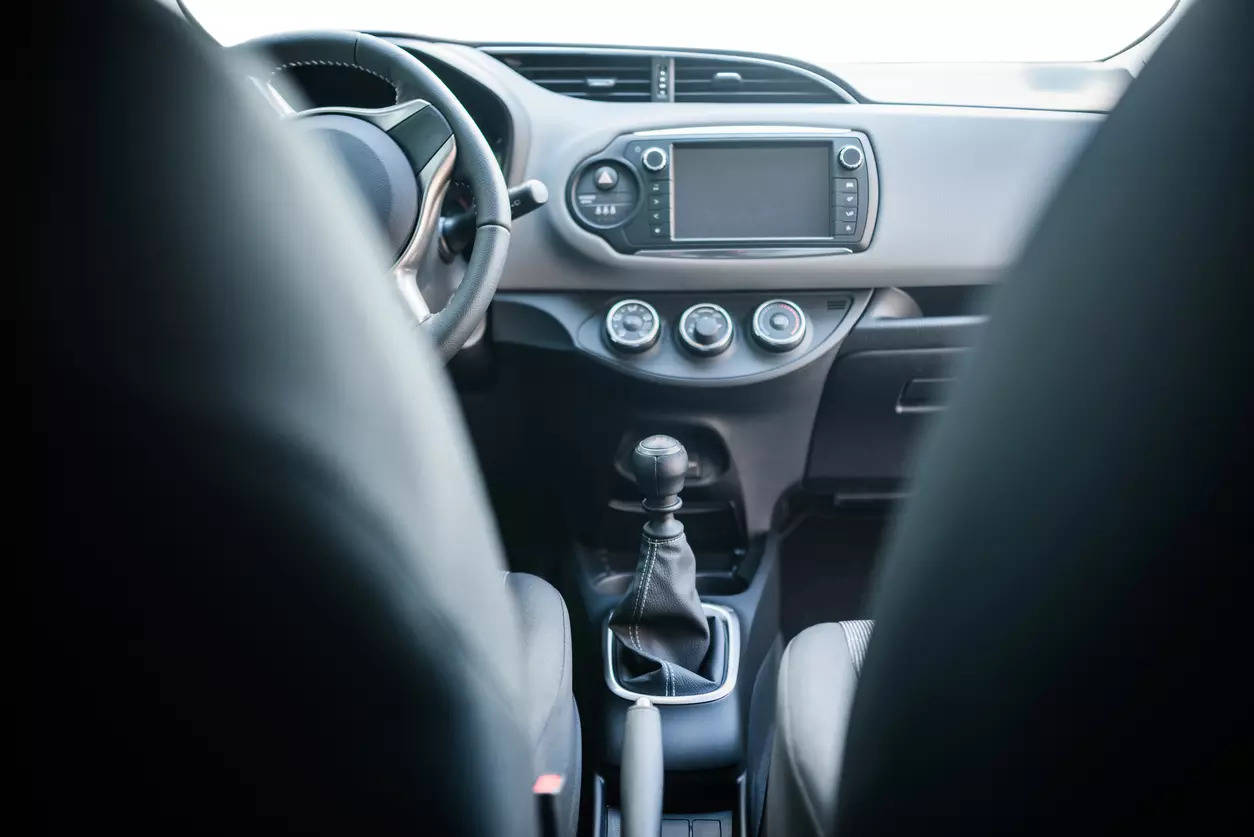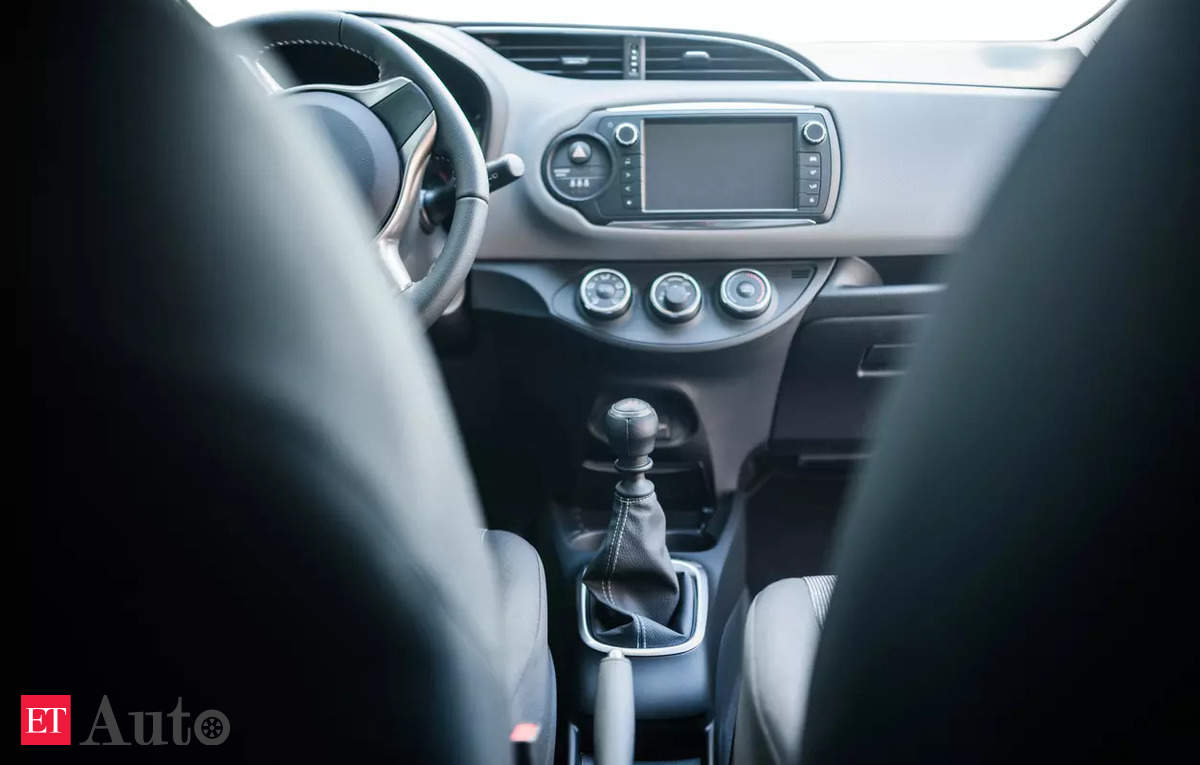
New Delhi: Accelerated digitization in the auto industry, the continual rise in the proliferation of technological advancements in vehicle telematics and navigation, and increased focus on safety have led to a rise in demand for digital cockpits that provide consumers with an enhanced immersive experience with advanced features. As a result, the cockpits and instrumentation market is forecast to post a compound annual growth rate (CAGR) of 2.7% over 2013-28 in the Asia-Pacific (APAC), according to GlobalData, a leading data and analytics company.GlobalData’s latest report “Global Sector Overview & Forecast: Cockpits and Instrumentation,” reveals that the APAC cockpits and instrumentation market is estimated to stand at 144.3 million units in 2023. The high growth in luxury and medium segment cars in the APAC markets drove the category over the past years, driven by the category of instrument clusters. The penetration rate of China, Japan, India, and Korea is constant at 100% throughout the forecast period. The sector is estimated to reach 164.7 million units by 2028.
Gorantala Sravan Kumar, Associate Project Manager, Automotive at GlobalData, said, “Advancements in driver assistance systems and the inclusion of multitude of information and notifications in the cockpits necessitated the original equipment manufacturers (OEMs) to switch to digital cockpits. In addition, auto manufacturers point out that the upper instrument panel (IP) must meet safety standards such as Euro NCAP pedestrian safety regulations. This means that the upper IP must be designed bearing in mind possible pedestrian ‘collision’.”
Moreover, developments in connected vehicles, autonomous vehicles, and electric vehicles have also been driving the demand for digital cockpits and instrumentation clusters in passenger vehicles. To gain from this trend, OEMs are integrating digital cockpits with advanced features in the medium-sized cars and electric vehicles. Chinese EV OEMs are offering digital cockpits with huge screens and connectivity features.
“The desire for a spacious interior, something always equated with luxury, is prompting interior designers to use new combinations of electronics and mechanical functions to modify or move pre-existing systems like heating/cooling and audio facilities digital cockpits, smartphones, and internet connectivity are becoming essentials in grabbing the customer’s attention. However, in terms of controls, touch screens offer space-saving possibilities, but designers are faced with the problem of distracting the driver’s attention, ” Sravan said.
The electric cars offered by Chinese manufacturers outshine most of the cars by foreign companies in terms of internal features and connectivity options. As China is home to top battery suppliers and companies such as BYD Auto focusing on forward integration to leverage their supply chain and cost advantage, local manufacturers can focus on interiors and features to distinguish them from the cars offered by foreign companies.
In addition, young customers bred on the Chinese digital ecosystem with high penetration rates of 5G, broadband internet, and connected devices are also looking for similar experiences in their cars. The local BEV manufacturers are smart enough to incorporate these into cars to provide a seamless experience to the youth.
“The introduction of digital cockpits in luxury vehicles provided a way for drivers and passengers to integrate navigation, telematics, and vehicle infotainment. As a result, the demand for luxury cars and highly sophisticated vehicle components is increasing, which, in turn, is expanding the implementation of the automotive digital cockpit and instrumentation in the global market. It creates the prospect of human-machine interface with embedded infotainment systems in the automotive digital cockpit and instrumentation market,” Sravan added.









